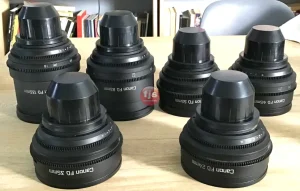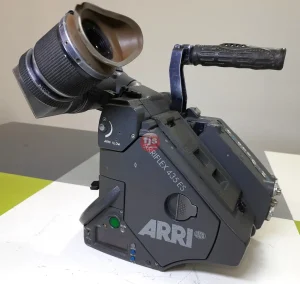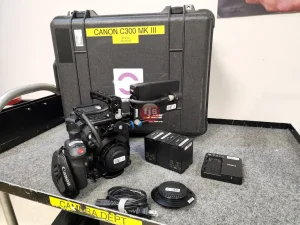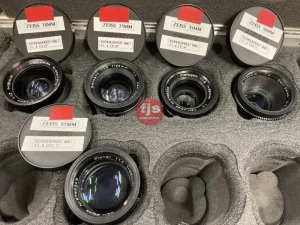Throughout the years, cinematography has been one of the most significant parts of the movie industry. From black and white silent films to modern-day streaming platforms, filmmakers have always strived to improve their craft. The evolution of technology has made it possible for filmmakers to create more realistic and awe-inspiring visuals that capture audiences’ attention. Additionally, documentary films have become increasingly popular over time, allowing viewers to gain insight into various topics and issues.
Filmmaking has come a long way since the early days of silent films. In the past century, filmmakers have experimented with new techniques and technologies, creating a wide range of cinematic experiences.
The Silent Era
The first films were silent, and they relied on visual storytelling to convey their messages. Filmmakers used a variety of techniques to create suspense, humor, and drama, including close-ups, long shots, and tracking shots.
Some of the most famous silent films include The Birth of a Nation (1915), The Cabinet of Dr. Caligari (1920), and Metropolis (1927).
The Sound Era
The introduction of sound in films revolutionized the medium. Suddenly, filmmakers could tell stories with dialogue, music, and sound effects. This allowed them to create more complex and immersive experiences for audiences.
Some of the most famous sound films include The Wizard of Oz (1939), Gone with the Wind (1939), and Citizen Kane (1941).
The Modern Era
In the modern era, filmmaking has continued to evolve. New technologies have made it possible to create films with ever-greater realism and visual effects. This has led to the rise of new genres, such as science fiction, fantasy, and superhero films.
Some of the most popular modern films include Star Wars (1977), The Matrix (1999), and The Avengers (2012).
The Future of Filmmaking
The future of filmmaking is uncertain, but it is clear that the medium will continue to evolve. New technologies, such as virtual reality and augmented reality, will offer filmmakers new ways to tell stories and create immersive experiences.
It will be exciting to see what the future holds for filmmaking. With so many possibilities, it is clear that the medium has a bright future.
Here are some of the key trends that are shaping the future of filmmaking:
- The rise of streaming services: Streaming services like Netflix, Hulu, and Amazon Prime Video are changing the way people watch movies. These services offer a wide variety of films to choose from, and they allow viewers to watch movies on demand. This is having a major impact on the traditional theatrical release model.
- The growth of independent filmmaking: Independent filmmaking is on the rise. These films are often made with smaller budgets and more creative freedom than studio films. This is leading to a more diverse and innovative range of films being made.
- The use of new technologies: New technologies, such as virtual reality and augmented reality, are opening up new possibilities for filmmaking. These technologies can be used to create immersive experiences that are not possible with traditional film.
The future of filmmaking is bright. With new technologies and new ways of storytelling, there is no limit to what filmmakers can create.
Furthermore, the evolution of filmmaking has also impacted the way movies are marketed and distributed. Social media has become an integral part of promoting films, with trailers and teasers reaching audiences worldwide within seconds. The use of CGI and special effects has also become more prominent, allowing for even more creative storytelling.
Despite all these advancements in technology, storytelling remains at the heart of cinema. From the early days of silent films to modern-day blockbusters, audiences have always been captivated by compelling narratives and characters they can connect with. As we move forward into a new era of filmmaking, it’s important to remember that technology is merely a tool to enhance those stories – not the other way around.










